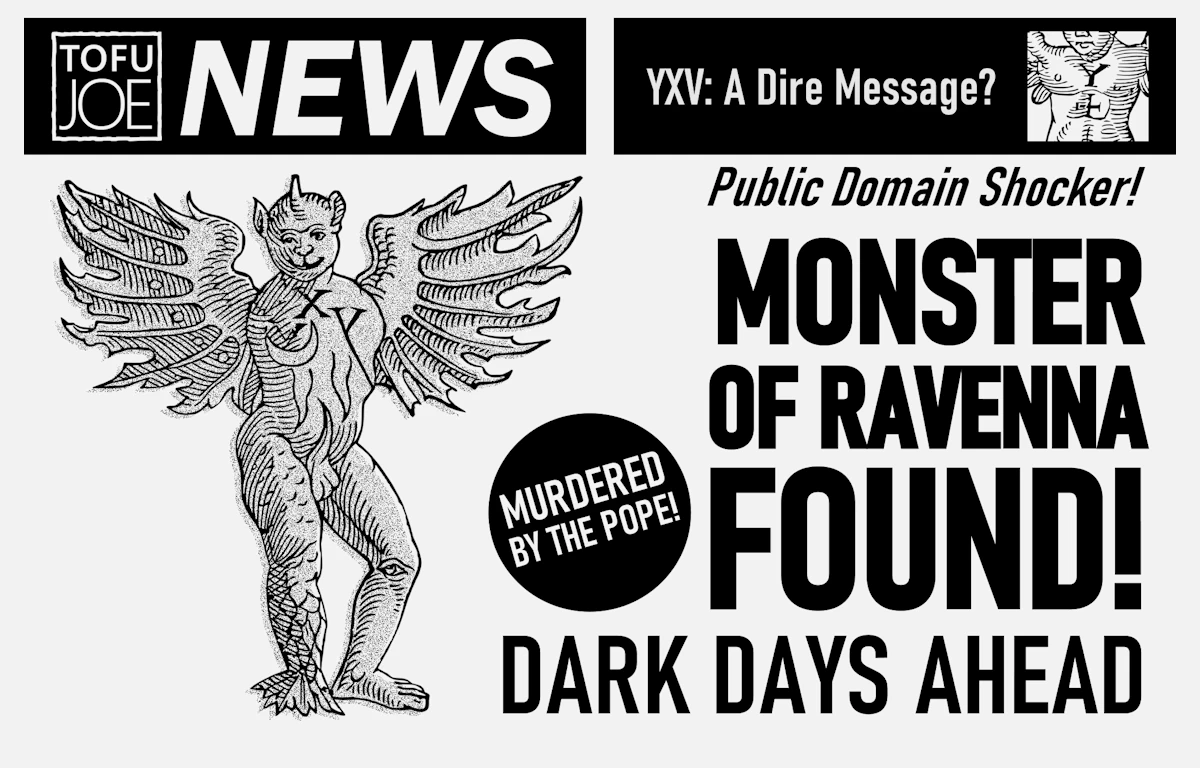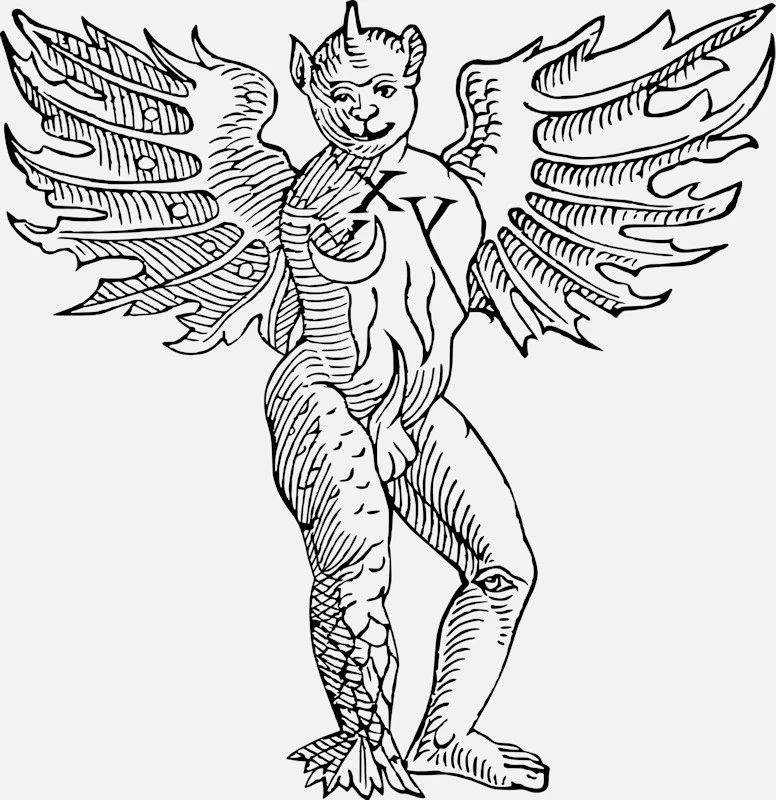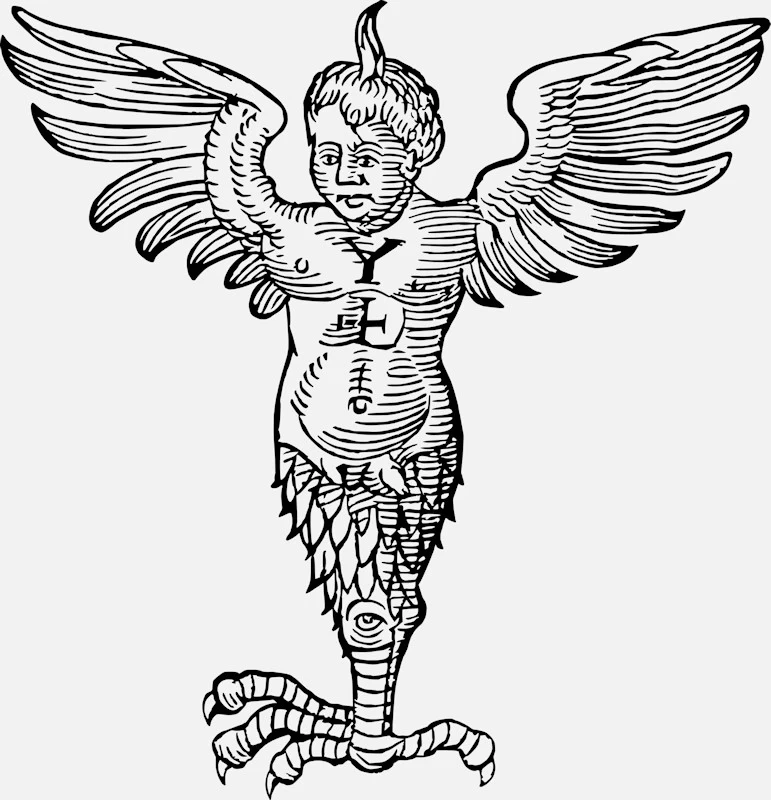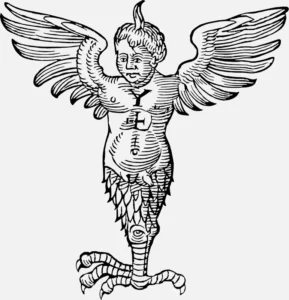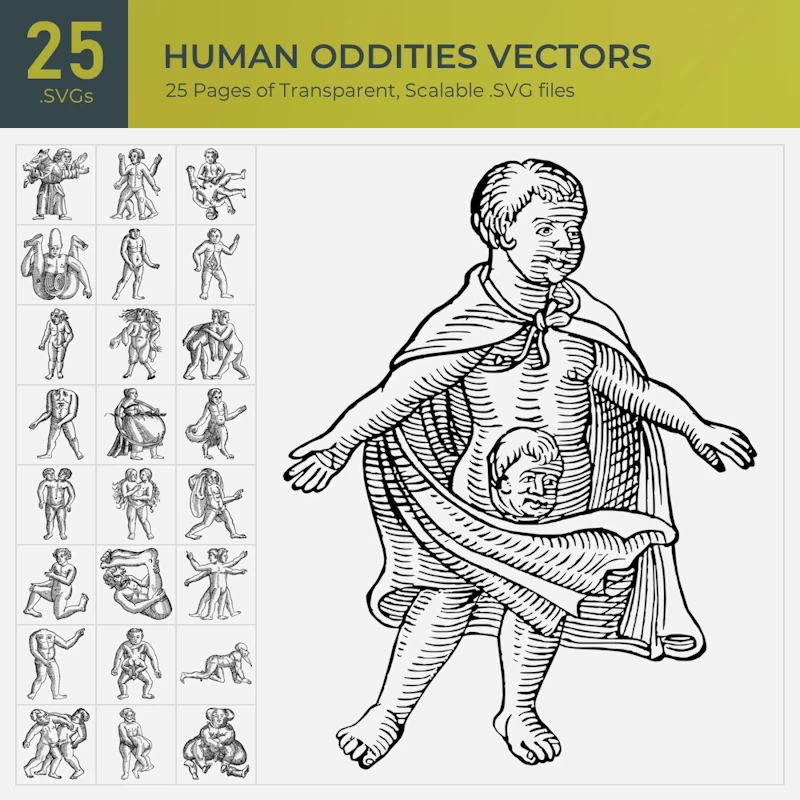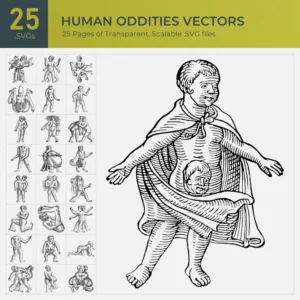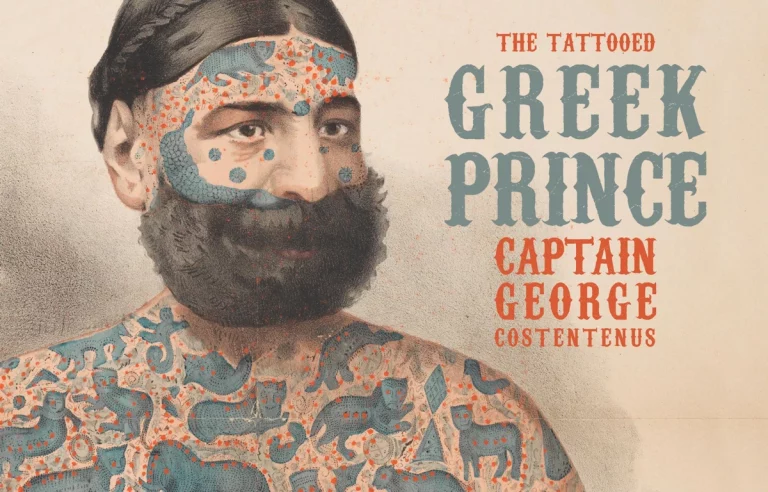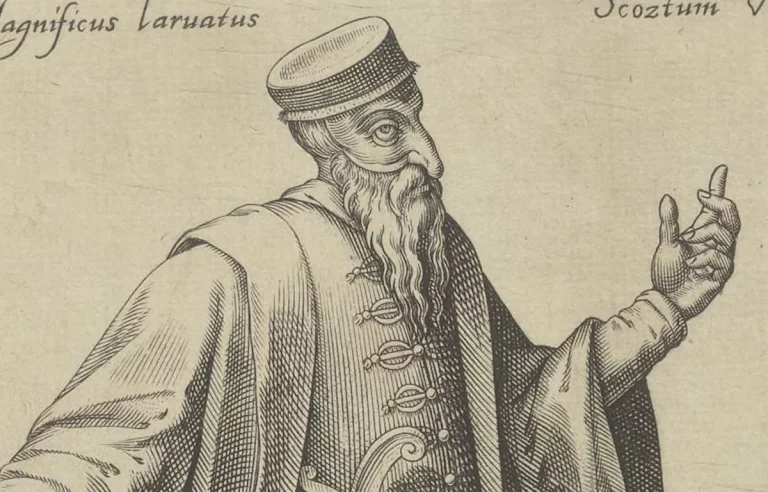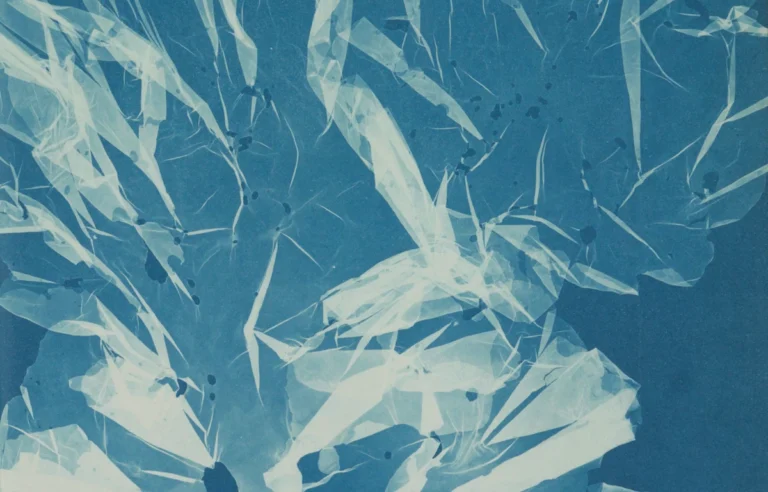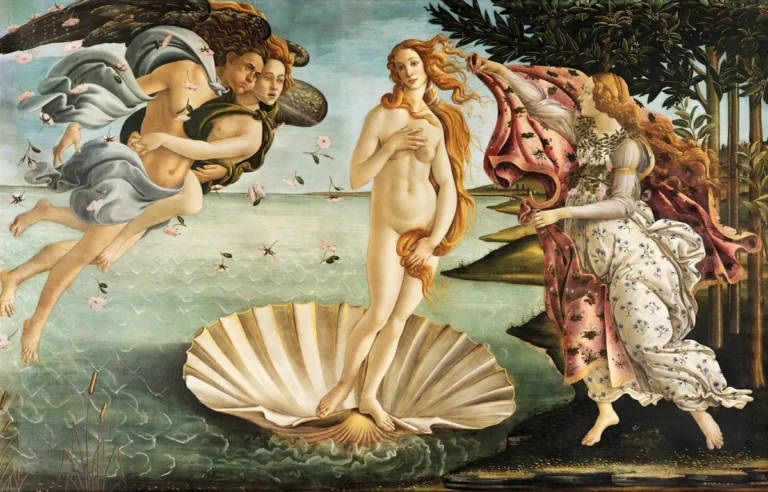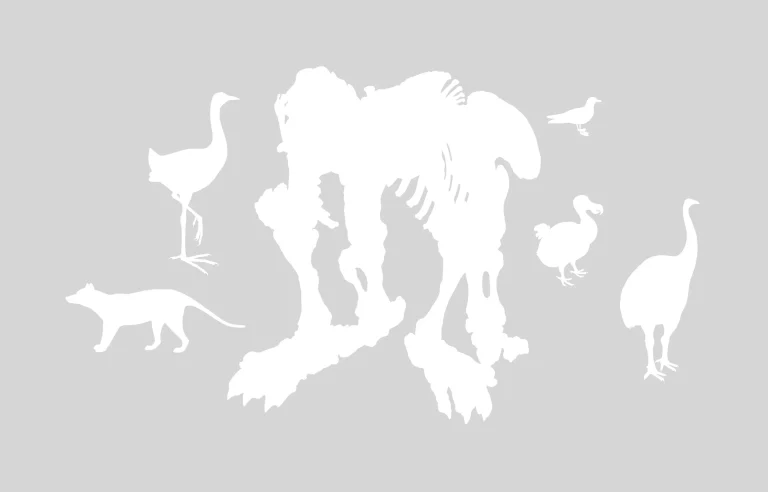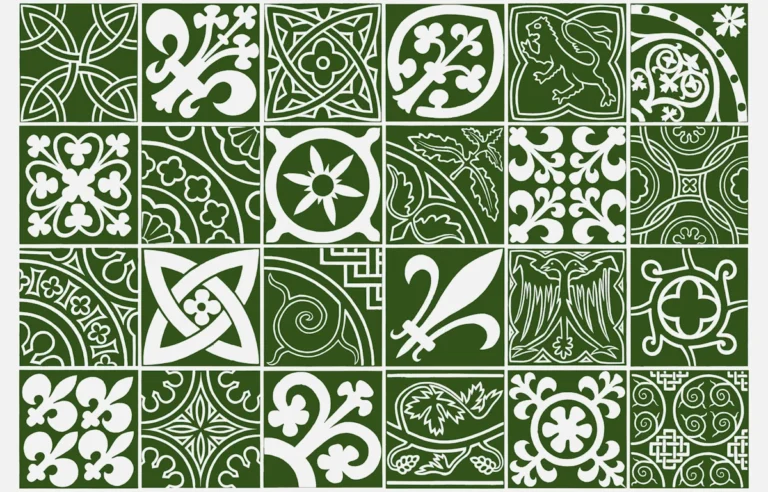The Monster of Ravenna: A Tale of Fear, Superstition, and Political Symbolism in Early 16th Century Europe
Imagine living in a time when the unexplained was often blamed on supernatural forces. If something unusual happened, like a baby or animal being born with strange features, people immediately assumed it meant something bad was coming. This was common thinking in the Middle Ages and Renaissance. “Monstrous births,” as they were called, weren’t just considered oddities; people saw them as messages from God. These births were often viewed as warnings, punishments, or signs that something was wrong with the parents—or even society itself. One of the most well-known of these bizarre events happened in Ravenna, Italy, in 1512. Let’s dive into the curious tale of the Monster of Ravenna and what it tells us about that time.
The Birth of the Monster
The story of the Monster of Ravenna begins on March 8, 1512. A man named Sebastiano di Branca Tedallini wrote in his diary about a strange baby born near Ravenna. This baby didn’t look normal at all, and its strange appearance quickly got people talking. News of the birth spread so fast that even Pope Julius II, the head of the Catholic Church, heard about it. The baby was rumored to be the child of a nun and a friar, which caused even more of a scandal. According to Tedallini, this baby was unlike any other—it had horns, letters “YXV” written on its chest, one leg that was hairy like a pig’s, and the other with a human eye on it! This creepy description made people gasp in fear.
Within a few days, by March 11, the story had reached Florence, but the details were already starting to change. Luca Landucci, an apothecary, said the baby had one horn, bat wings, and both male and female body parts. There was also talk of it having a clawed foot like an eagle and an eye on its knee. Meanwhile, historian Pietro Martire d’Anghiera added his own twist, claiming the mother wasn’t a nun but a married woman. These ever-changing details show just how much people in that time loved to exaggerate and spread rumors, making the story sound scarier and weirder as it traveled. The idea that the baby was the child of a nun and a friar made it even more scandalous, fueling people’s belief that it was a divine warning against sinful behavior.
The birth of the Monster of Ravenna wasn’t just a local gossip story; it became a European-wide sensation. Letters, pamphlets, and illustrations spread the news across Italy and beyond. Even though news didn’t travel as fast as it does today, this story moved swiftly thanks to a rising interest in strange and supernatural events. People in far-off places heard about the bizarre baby and debated what it meant. Some believed the deformities were punishments for the moral decay of the time, while others speculated it was a sign of worse things to come, like war or famine. The story’s spread shows how deeply these ideas of supernatural omens were rooted in people’s minds.
Superstitions and Limited Medical Knowledge
The Renaissance was a time of both great curiosity and great ignorance, especially when it came to medicine. People didn’t know much about how the human body worked, so when a baby was born with deformities, they often blamed the mother. The belief was that if a woman had impure thoughts or did something wrong during pregnancy, her child would be born with defects. These “monstrous births” were seen as signs of God’s anger or as warnings that something bad was about to happen.
The birth of the Monster of Ravenna terrified people. Its strange appearance—horns, wings, and an eye on its knee—made people sure that it was an omen. Pope Julius II, being a superstitious man himself, believed these deformities were a message from God. He ordered that the baby be left to die of starvation, a cruel fate that was sadly not uncommon for children born with severe abnormalities at the time. This sad ending shows just how little understanding there was for these kinds of medical conditions, and how quickly people turned to superstition to explain things they didn’t understand.
This wasn’t the first or the last time a “monstrous birth” sparked fear and confusion. Throughout history, similar events had led people to accuse mothers of witchcraft or other sins. Often, these babies were seen as proof that society was being punished for straying from God’s path. Because medical science was still in its early stages, people had no way of knowing that these deformities were likely caused by genetic issues or complications during pregnancy. Instead of treating these children with care, society usually shunned them, and their tragic stories often faded into legend. The case of the Monster of Ravenna reflects a broader fear of the unknown, where anything out of the ordinary was seen as a direct message from the divine.
A Political Tool
The Monster of Ravenna wasn’t just a scary story—it quickly became a political tool. At the time, Europe was on the edge of the Protestant Reformation, a massive religious movement that would forever change the Catholic Church. Both sides of the religious divide saw the monster’s birth as a sign that God was either warning or punishing them. Catholics believed it was a message against heresy, while Protestants used it as evidence of corruption within the Catholic Church.
A Franciscan friar named Johann Nas even compared Martin Luther, the leader of the Protestant Reformation, to the Monster of Ravenna, implying that Luther’s teachings were monstrous in nature. Protestant artists also created woodcut illustrations showing the monster being born in a convent, implying it was the result of sin within the Catholic Church. These images painted a dark picture of the Church’s morality, and they were used to sway public opinion during a time when religious tensions were at an all-time high.
The idea of using monstrous births as political tools wasn’t unique to Ravenna. Across Europe, deformities and strange occurrences were often linked to political events, with leaders or factions claiming that these were omens supporting their cause. Religious groups weren’t the only ones to take advantage of the Monster of Ravenna’s story. Politicians also seized upon the idea, using the monster’s birth to push for reforms or changes in leadership. In a time when power struggles between the Catholic Church and emerging Protestant groups were fierce, any perceived sign from God—no matter how bizarre—could become a rallying cry for change. This blending of superstition and politics shows just how intertwined religion and power were in the early 16th century.
The Battle of Ravenna
Only a month after the monster’s birth, a bloody battle took place in Ravenna. On April 11, 1512, French forces clashed with the Papal States’ army in what would be known as the Battle of Ravenna. The French won, but the cost was high—thousands of soldiers died, and the battle was remembered as one of the bloodiest in European history at the time. Many people believed the Monster of Ravenna had predicted this tragic event. To them, the strange baby was a sign from God that something terrible was going to happen.
After the battle, the Monster of Ravenna became even more symbolic. People were convinced that the monstrous birth had been a warning about the violence that was to come. It reinforced the idea that deformities were omens, and in this case, it was proof of God’s anger over the bloodshed.
The connection between the Monster of Ravenna and the battle that followed is an example of how people looked for meaning in every aspect of life. This was a time when many believed that nothing happened without a reason, especially not something as strange as the birth of a deformed child. In their eyes, the baby’s monstrous appearance wasn’t just random—it was a clear sign that God was angry. This belief made people even more fearful and added to the growing anxiety in Europe as religious conflicts continued to stir unrest. The tragic events of the battle seemed to confirm people’s worst fears: that God was punishing them, and that worse things were still to come.
Artistic Representations and Legacy
The story of the Monster of Ravenna didn’t disappear after the events of 1512. Artists were fascinated by the tale and created many depictions of the strange baby. One famous collection of these images can be found in the “Prodigiorum ac ostentorum chronicon,” a book published in 1557 that included drawings of monstrous births and other oddities. These images, though strange and sometimes humorous to us now, were seen as serious warnings back then.
Even today, the legacy of the Monster of Ravenna offers a window into the beliefs of the time. It shows how superstition, religion, and politics were all mixed together. People’s fascination with these monstrous births gives us insight into what they valued and feared. The harsh treatment of children born with deformities also highlights the limited understanding of medicine at the time. People turned to religious explanations when science couldn’t provide answers, often leading to tragic outcomes.
The artistic representations of the Monster of Ravenna weren’t just meant to scare people—they were also intended to teach. These illustrations often included moral or religious messages, reinforcing the idea that strange births were divine punishments or warnings. In some cases, these images were used to encourage people to repent or change their behavior to avoid similar “monstrous” consequences. Today, these depictions serve as historical artifacts that give us a glimpse into how people made sense of the world. They remind us that fear and superstition have always played a role in human society, especially when it comes to things we don’t fully understand.


